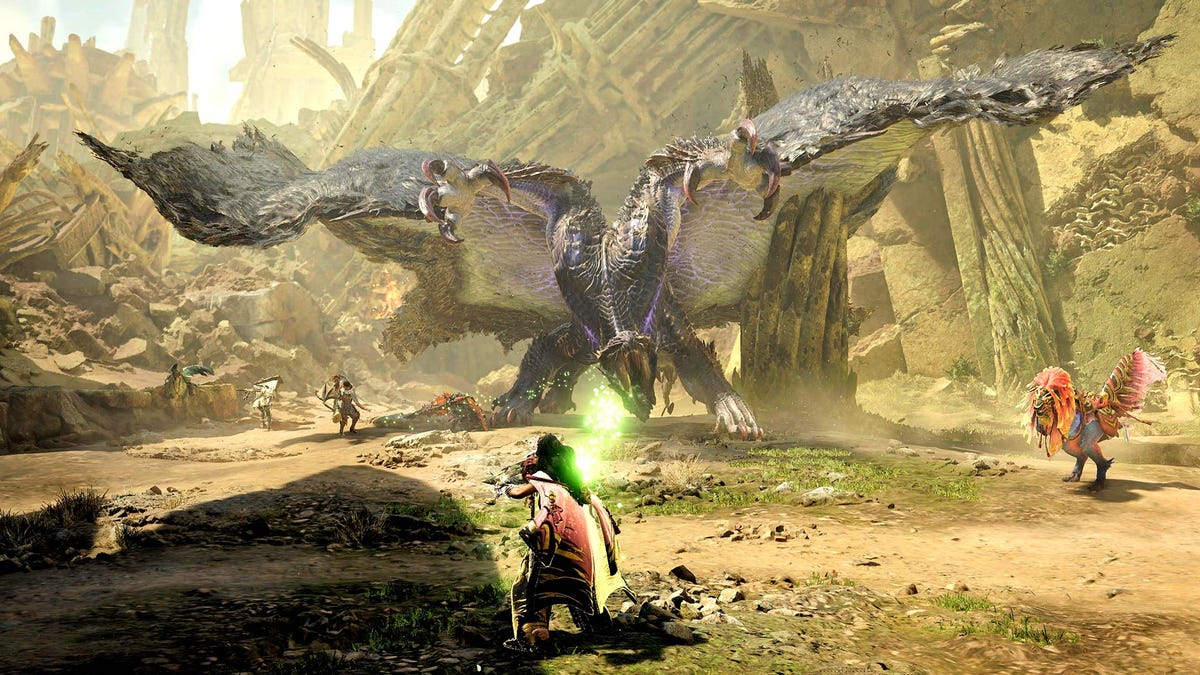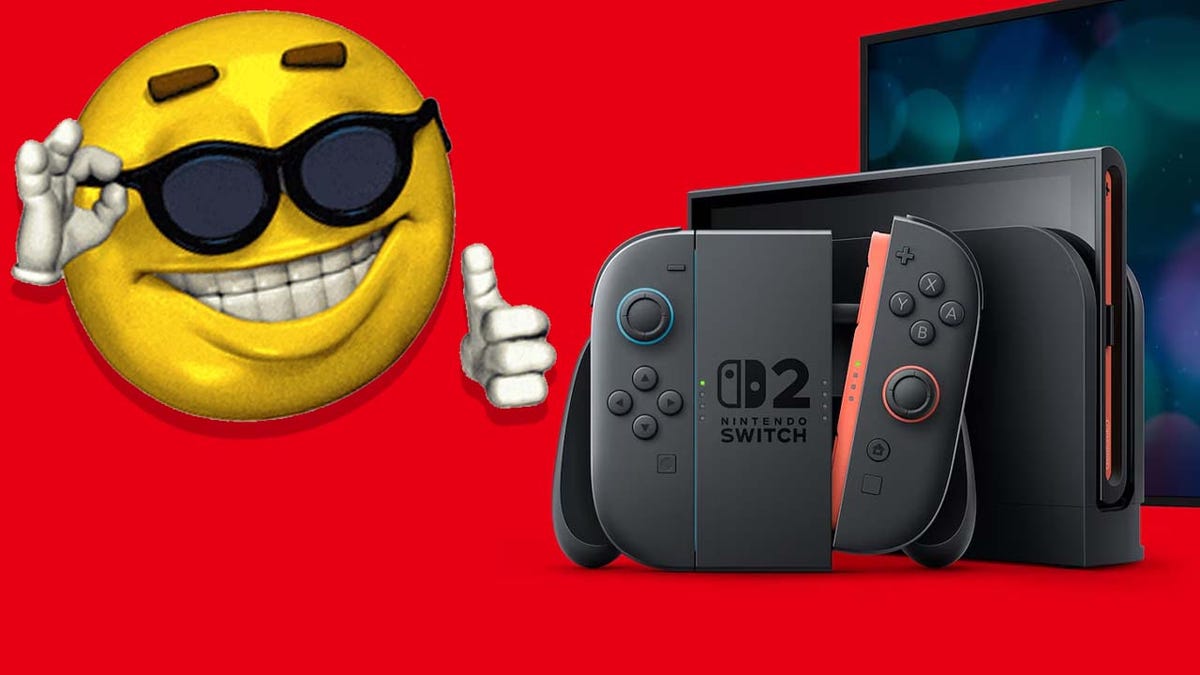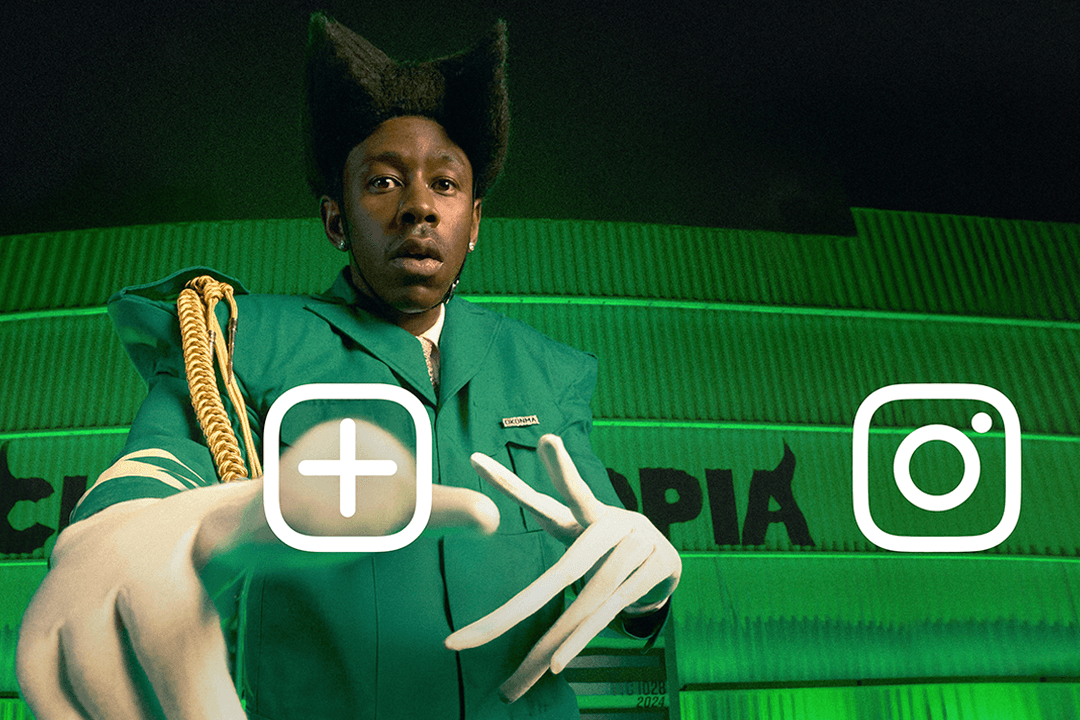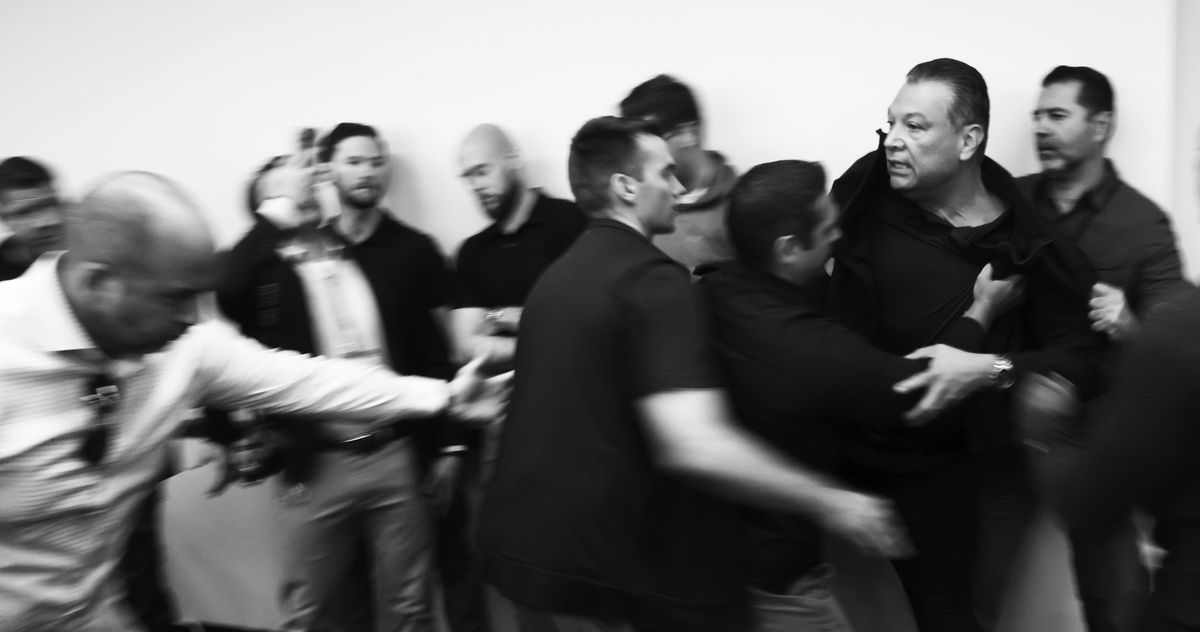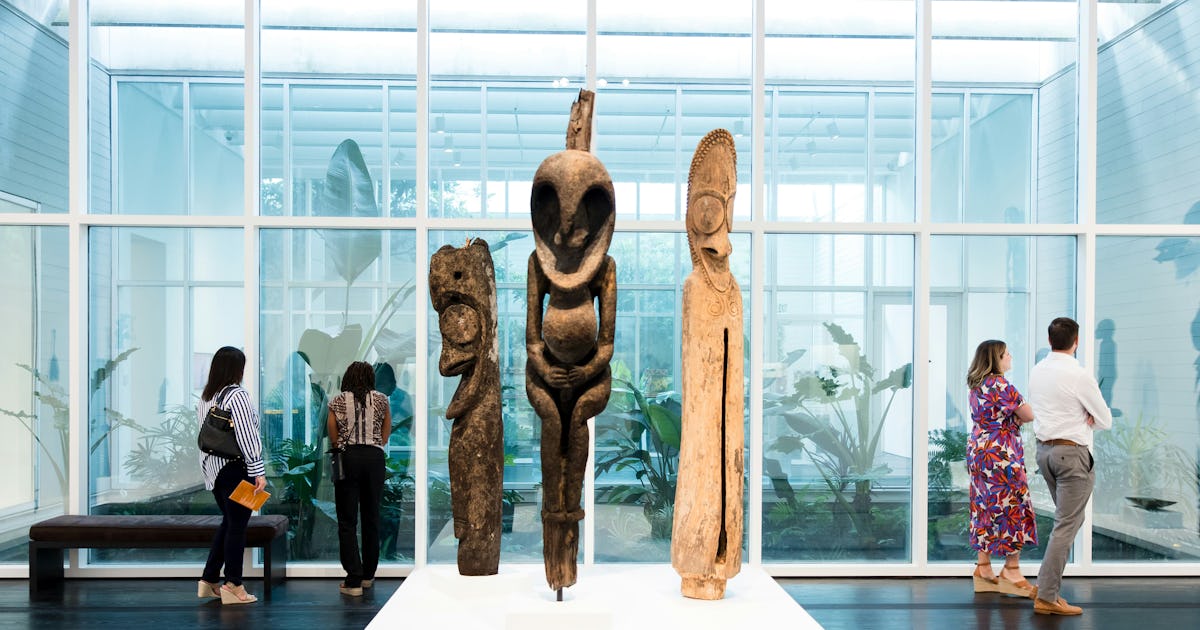You’re not imagining it: Mario Kart World’s NPC difficulty can be diabolical
Like many Nintendo party games, Mario Kart has a reputation for being accessible. The skill ceiling can be high for dedicated players, but the randomness of the racer makes it possible for newbies and casual players to still have a fighting chance. That core design ethos is still present in Mario Kart World, but Switch […]


Like many Nintendo party games, Mario Kart has a reputation for being accessible. The skill ceiling can be high for dedicated players, but the randomness of the racer makes it possible for newbies and casual players to still have a fighting chance. That core design ethos is still present in Mario Kart World, but Switch 2 owners are discovering that the game is deeply adaptive to your playstyle. And depending on your skill level, that’s either a great thing or a terrible thing.
The topic has become a heated source of discussion online, where players swear that the Switch 2 kart game is way more challenging than anything they’ve experienced before. Some of this is to be expected; the addition of 24-player races also ups the ante as players now have to contend with twice as many obstacles and items than in Mario Kart 8. New mechanics like wall riding and the ability to make your own shortcuts has also made it obvious that the possibilities for advanced play in the open world game are rich.
Typically, the sort of player who can harness this type of advanced play would have an easier time taking on NPC racers, where set programming cannot evolve alongside the changing human understanding of the meta. Instead, many of these hardcore players are reporting that Mario Kart World is unlike anything in the series they’ve ever experienced.
One of the most popular recent threads on the Nintendo Switch 2 subreddit is full of players commiserating over the unexpected challenges they’re facing in Mario Kart World. Players feel that if they’re not aware of every single shortcut and play flawlessly, Mario Kart World can be punishing. Many fans are insisting that all of their matches have at least one NPC who does incredibly well if you manage to get in the top five, which is sometimes referred to as “rubber banding.”
Rubber banding is an adaptive mechanic that reacts to how the player is doing, but controversially, it often means that the computer can perform at a level that humans literally cannot match. For example, a character might be able to reach a speed that is impossible for an actual person. In other words, rubber banding can feel like NPCs are cheating, even though they’re merely doing what they are programmed to do.
“It doesn’t matter what power ups I get, the CPU in 1st place stays so far ahead that I have no chance of catching up,” one of the top-voted comments reads.

It’s not a gameplay mechanic unique to Mario Kart, nor would this be the first in the franchise to implement it. But player anecdotes from folks who know the series well claim that rubber banding is more pervasive in Mario Kart World.
Much of what is floating around is anecdotal. Players claim that NPCs in high standings tend to get better items like shells, while human players trailing behind them are given less useful items, like banana peels. I tested out these theories and found that in a match where I waited 15 seconds to even begin the race, the game gifted me all sorts of stellar items and soon I was in first. But the match where I actively tried to win felt way harder, and I was unable to get out of third place. Then again, I could be describing the way any Mario Kart game would unfold in this type of scenario.
More dedicated players have attempted testing how the computer reacts to different playstyles, and the footage seems convincing. From clips floating around, matches where the player races in a straightforward way will unfold without much fuss even if they are in first place. But when a player is in a top slot and starts drifting, the game will respond by smiting them with everything in its arsenal, sometimes all at once.
One player says that “the more grind rails you use, the more tricks and drifting you pull off, the more strategic your item usage, the more aggressive and tryhard they will play.”
Another fan says that “the second you get to the final stretch, after breezing through the rest of the race, get ready for a freaking onslaught of shells being fired at you.”
For some players, this knowledge has “ruined” the game for them. Others see tipped scales as sound game design in theory. The issue is implementation.
“This dynamic difficulty means vets and casuals get challenges suited for their skill levels,” one user on GameFAQs wrote. “That’s commendable.” The problem, though, is that fans aren’t told the full extent of the conditions they are playing under. Something like difficulty options would allow players to decide what level of challenge they want to face without making them feel as if something nefarious is going on.
You could argue that less adroit players won’t have a proper gauge for their skill level, which can make going into an online race more of a shock as they encounter meta-aware sickos. But a fan might not be motivated to keep playing and improving if they’re not having fun, either. Nintendo’s attempt to streamline the experience isn’t perfect, but you can see the logic in it.
While some have a proverbial crash out over the knowledge that Mario Kart World adapts to your skill level, others are welcoming the system.
“One good thing about the adaptive AI is that they taught me some new tricks,” one Redditor says.












































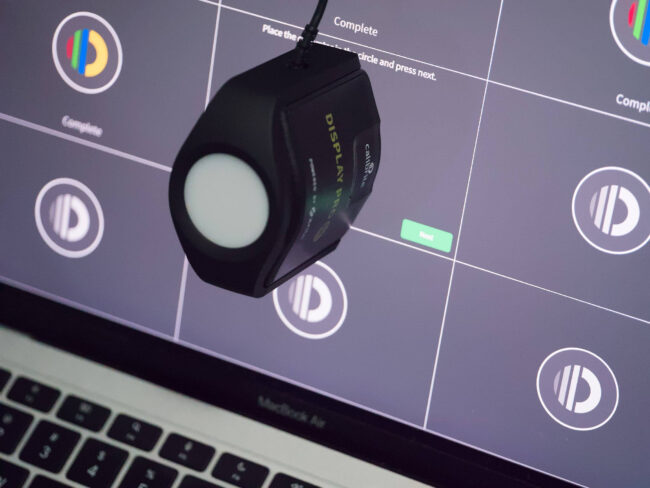











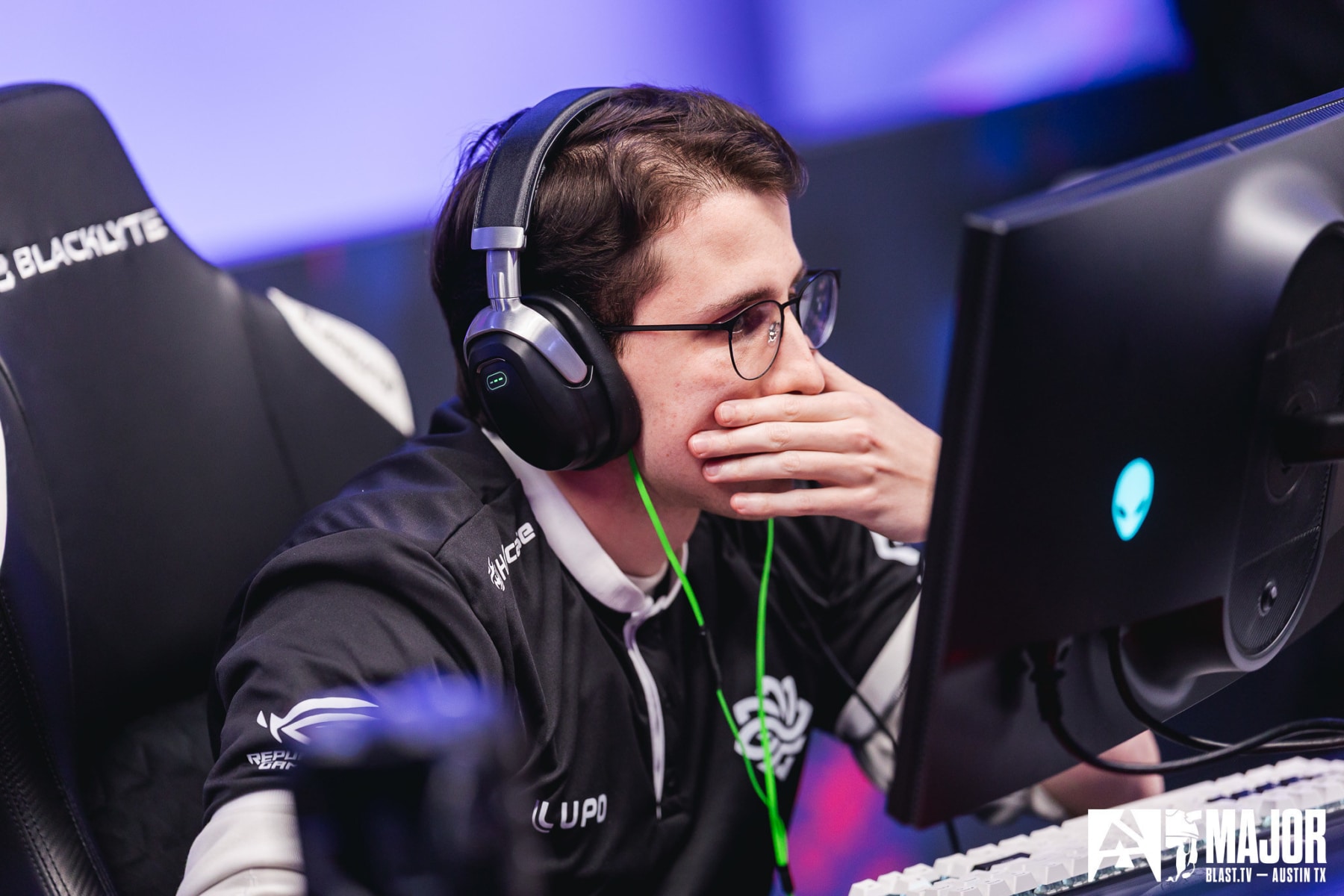


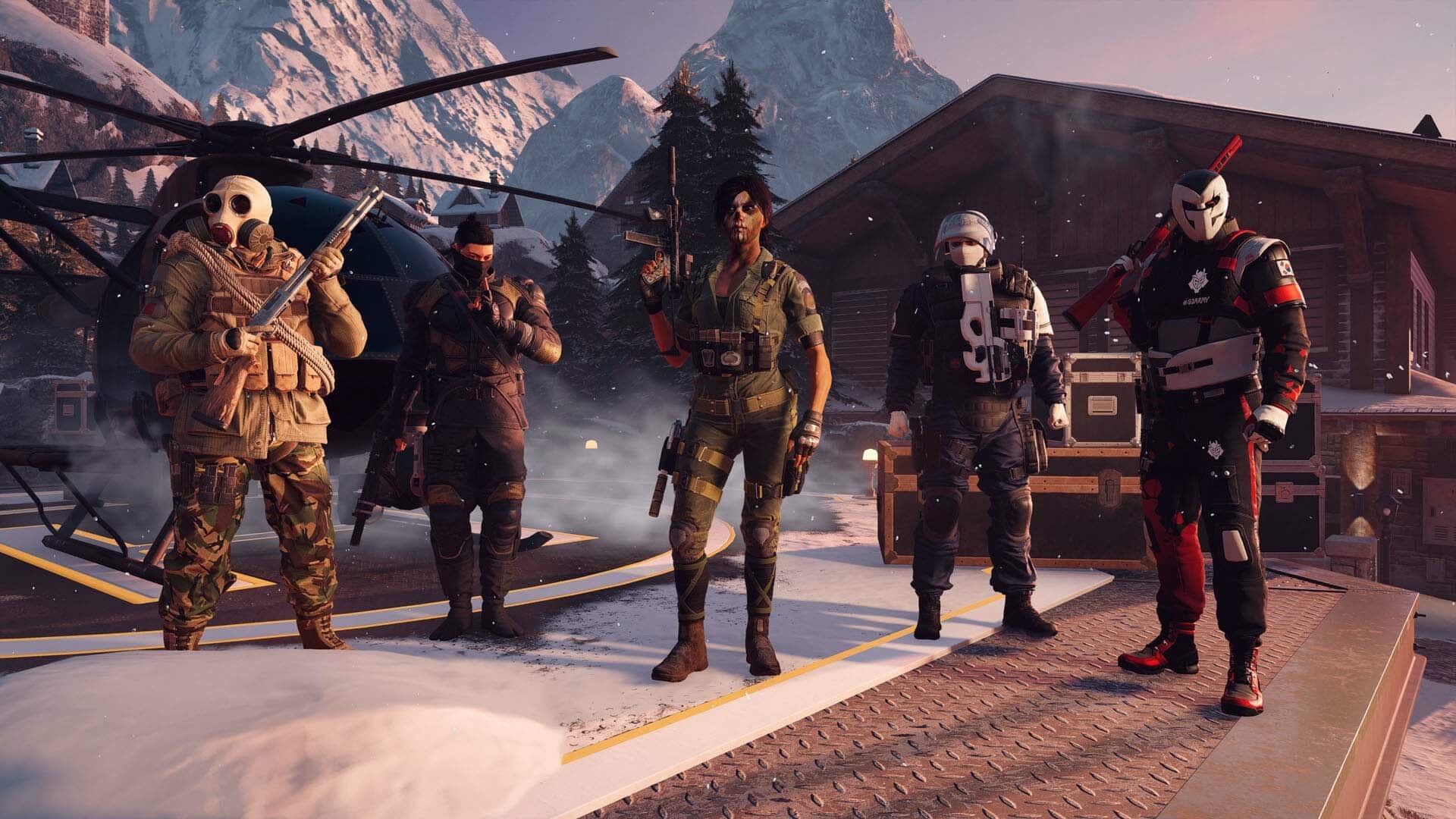



-30-7-screenshot_0FxoE4J.png?width=1920&height=1920&fit=bounds&quality=70&format=jpg&auto=webp#)










